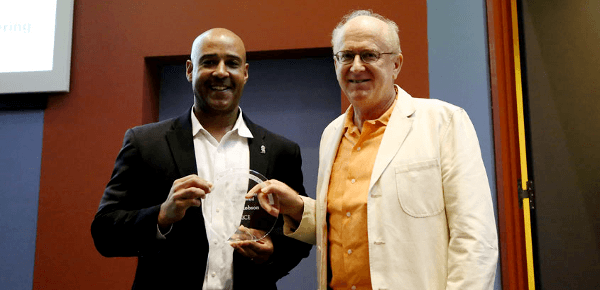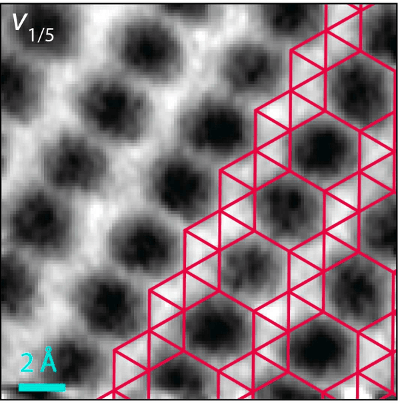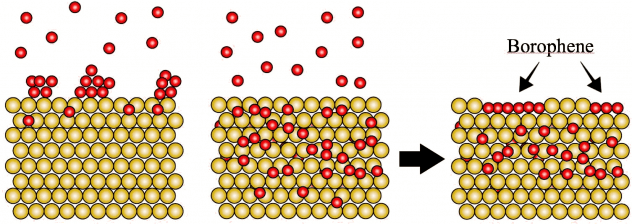School of Engineering celebrates faculty and staff

The 2019 Outstanding Faculty Research Award is awarded to a faculty member who most contributed to highly impactful publications or publicly available software, based on research conducted at Rice and published/developed during the period January 1, 2014, to December 31, 2018.
Prof. Yakobson has 4 patents and has published ~350 journal papers with more than 32,000 citations and an h-index of 86. Among the 20 Rice faculty profiles on Google Scholar with highest total number of citations, he is one of the top-three with the highest citations growth, ~600/yr, for the period 2013–2017. Yakobson’s Research Group maintains a vivid research group website that has been visited over this period by ~25,000 users from ~110 countries, collecting ~100,000 pageviews.
This Award also culminates a period of exciting breakthroughs in the pursuit of novel low-dimensional nanomaterials, resulting from Yakobson’s more recent work (2013–2015) in the field of materials discovery.



